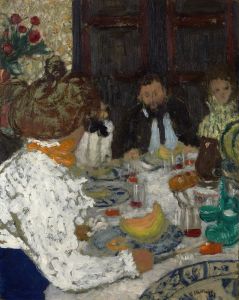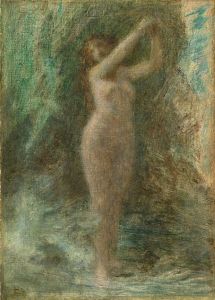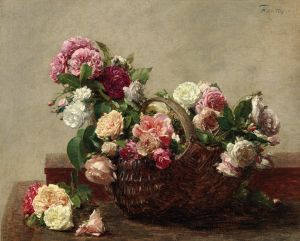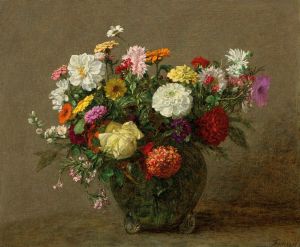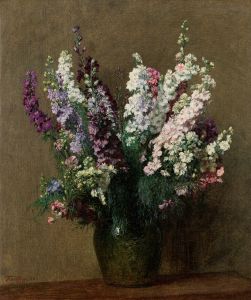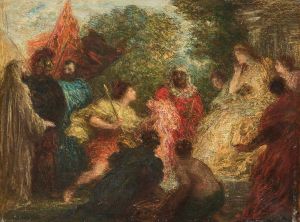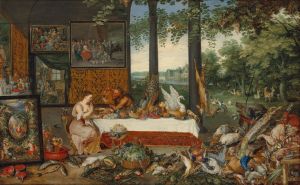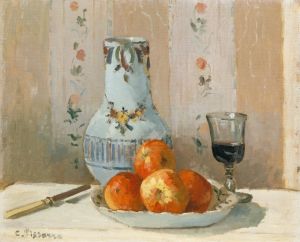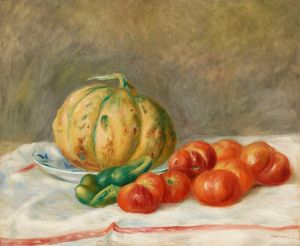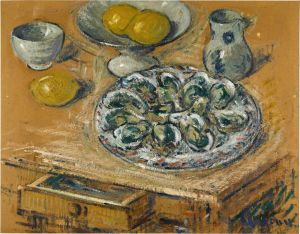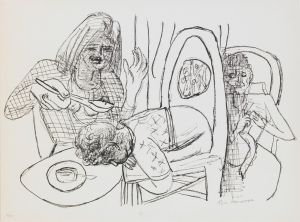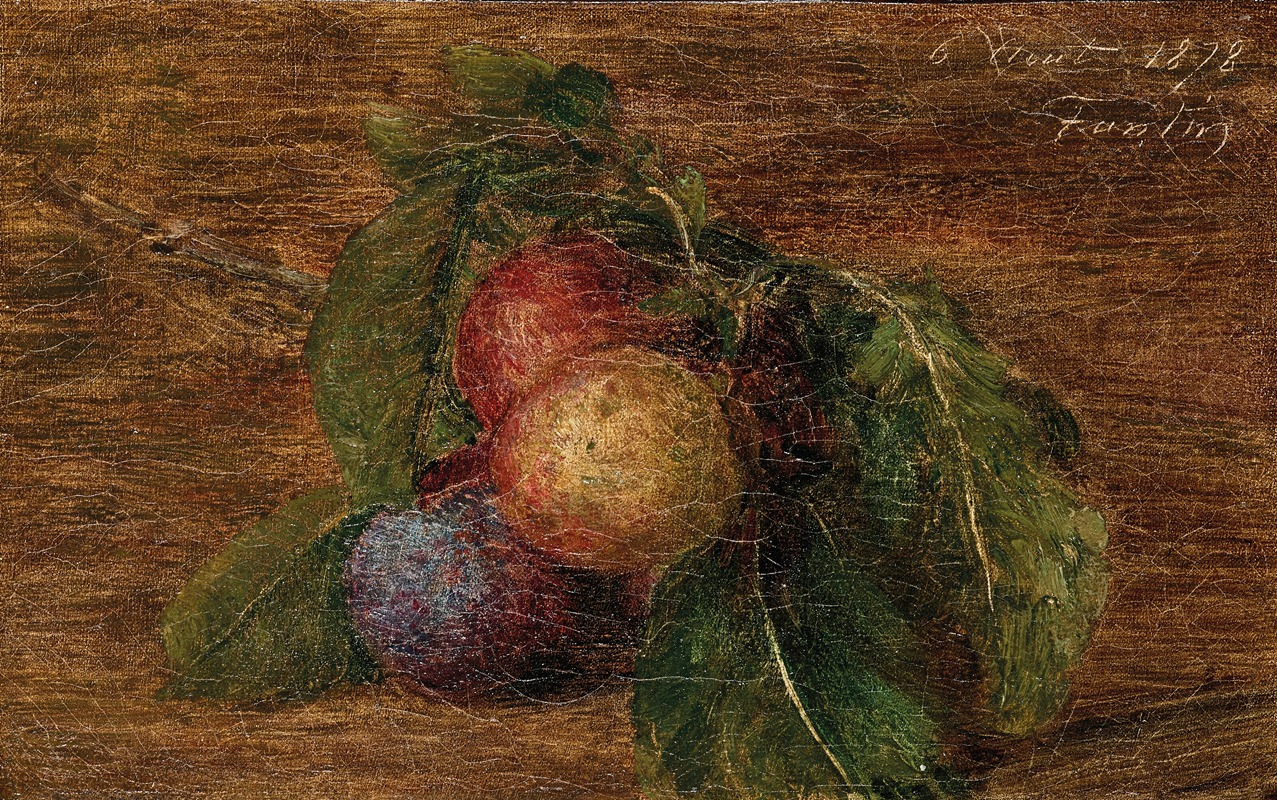
Prunes
A hand-painted replica of Henri Fantin-Latour’s masterpiece Prunes, meticulously crafted by professional artists to capture the true essence of the original. Each piece is created with museum-quality canvas and rare mineral pigments, carefully painted by experienced artists with delicate brushstrokes and rich, layered colors to perfectly recreate the texture of the original artwork. Unlike machine-printed reproductions, this hand-painted version brings the painting to life, infused with the artist’s emotions and skill in every stroke. Whether for personal collection or home decoration, it instantly elevates the artistic atmosphere of any space.
Henri Fantin-Latour, a renowned French painter, is celebrated for his exquisite still life paintings, portraits, and imaginative compositions. Among his notable works is "Prunes," a still life painting that exemplifies his mastery in capturing the delicate interplay of light, texture, and color. Fantin-Latour's work is often associated with the Realist movement, and he is known for his meticulous attention to detail and his ability to convey the beauty of everyday objects.
"Prunes" is a testament to Fantin-Latour's skill in still life painting, a genre that he excelled in throughout his career. The painting features a simple yet elegant arrangement of prunes, depicted with remarkable realism. Fantin-Latour's use of light and shadow creates a sense of depth and volume, bringing the fruit to life on the canvas. The subtle variations in color and texture highlight his keen observational skills and his ability to render the natural world with precision.
Fantin-Latour's still lifes are characterized by their simplicity and tranquility. In "Prunes," the composition is straightforward, allowing the viewer to focus on the inherent beauty of the subject. The artist's choice of prunes as the central motif reflects his interest in capturing the essence of everyday objects, elevating them to the level of fine art. The painting's subdued color palette and soft lighting contribute to its serene and contemplative atmosphere.
Throughout his career, Fantin-Latour maintained a close relationship with the Impressionist movement, although he did not fully embrace its techniques. He was friends with several prominent Impressionist artists, including Édouard Manet and Edgar Degas, and exhibited alongside them in the Salon des Refusés in 1863. Despite these connections, Fantin-Latour's style remained distinct, characterized by its adherence to realism and its focus on detail.
"Prunes" is part of a larger body of work that showcases Fantin-Latour's dedication to still life painting. His compositions often feature flowers, fruit, and other objects arranged with a keen sense of balance and harmony. These works are celebrated for their technical excellence and their ability to capture the quiet beauty of the natural world.
Fantin-Latour's contribution to art extends beyond his still lifes. He is also known for his portraits of contemporary artists and musicians, as well as his imaginative lithographs inspired by music and literature. His diverse body of work reflects his versatility as an artist and his deep appreciation for the arts.
Today, Henri Fantin-Latour's paintings are held in high regard and can be found in major museums and collections around the world. "Prunes," like many of his still lifes, continues to be admired for its exquisite detail and its ability to transform ordinary subjects into extraordinary works of art. Fantin-Latour's legacy as a master of still life painting endures, and his works remain a testament to his skill and artistry.





